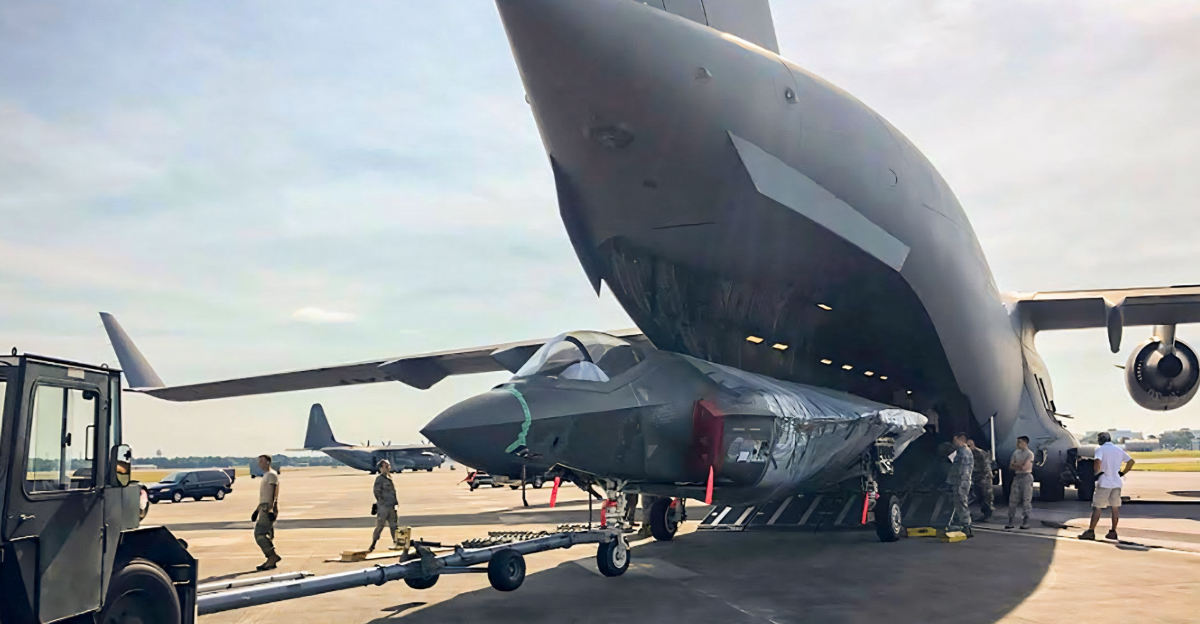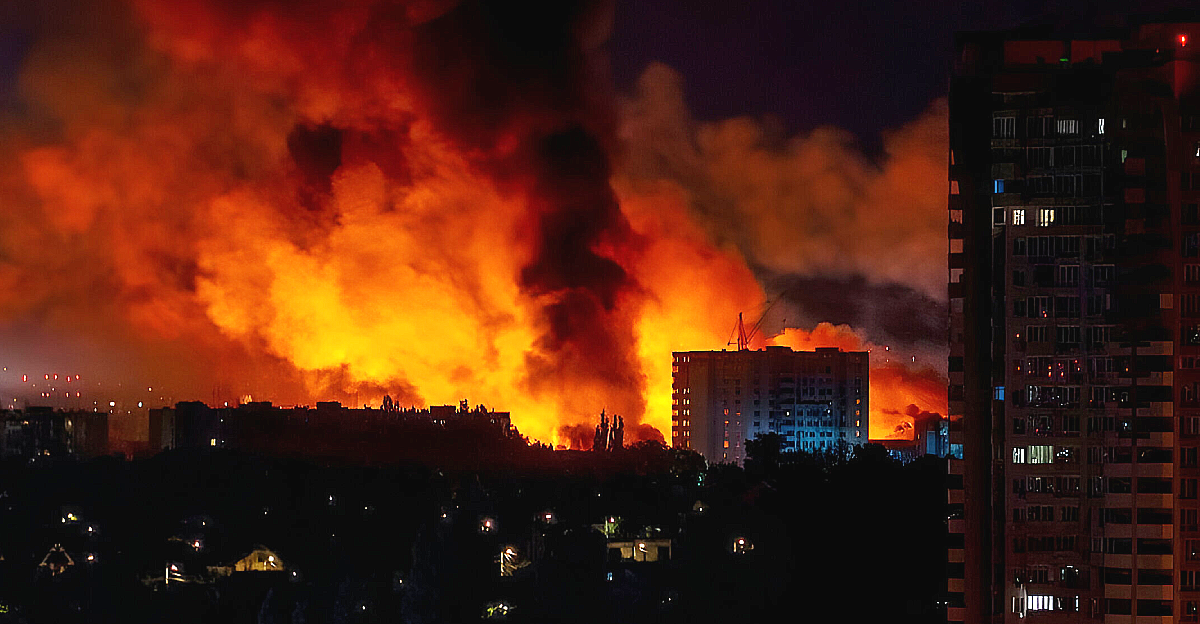
Russia launched its most significant aerial attack against Ukraine since the start of the conflict on June 29, 2025, using 60 missiles and 477 drones in a single, coordinated attack. The conflict significantly escalated as a result of this unprecedented attack, which targeted vital infrastructure such as airfields, energy facilities, and urban centers like Kyiv and Kharkiv. Although almost half of the incoming munitions were intercepted by Ukrainian air defenses, the sheer volume overwhelmed many systems, resulting in infrastructure damage and casualties.
The scope and complexity of this blitz highlight how modern warfare is changing, with unmanned systems and missile barrages redefining the dynamics of the battlefield. This attack also demonstrates Russia’s increasing reliance on uncrewed aerial vehicles (UAVs) as a force multiplier to make up for ground advances and conventional air power limitations.
Russian Air Campaigns in Ukraine: An Evolution
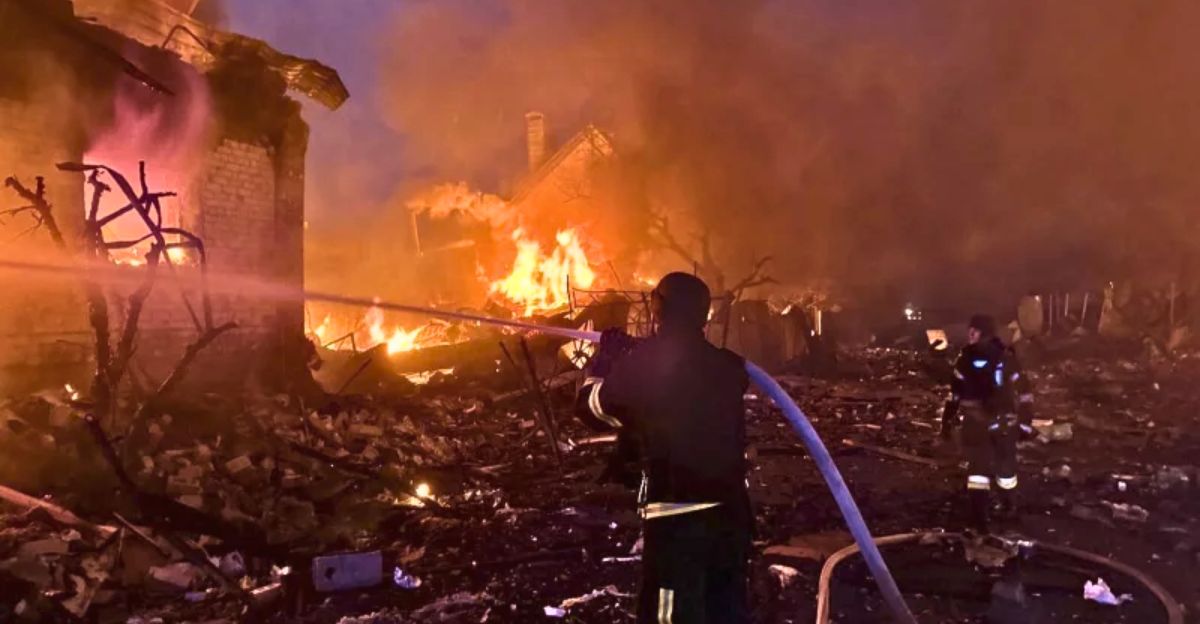
Russia’s aerial campaigns have become more intense since the invasion in February 2022, with drone and missile attacks playing a bigger role. Traditional missile barrages were used in the early strikes, but as Ukraine’s air defenses advanced, Russia adjusted by using drone swarms in conjunction with missile salvos to overwhelm defenses. The assault on June 29 is the pinnacle of this development, surpassing earlier assaults in scope and intricacy.
This historical trajectory demonstrates Russia’s dedication to using asymmetric aerial tactics to offset operational difficulties on the ground. This development also reflects broader military technology trends, such as the growing integration of unmanned systems into conventional forces to increase lethality and reach.
Strategic and Psychological Effects on Ukraine
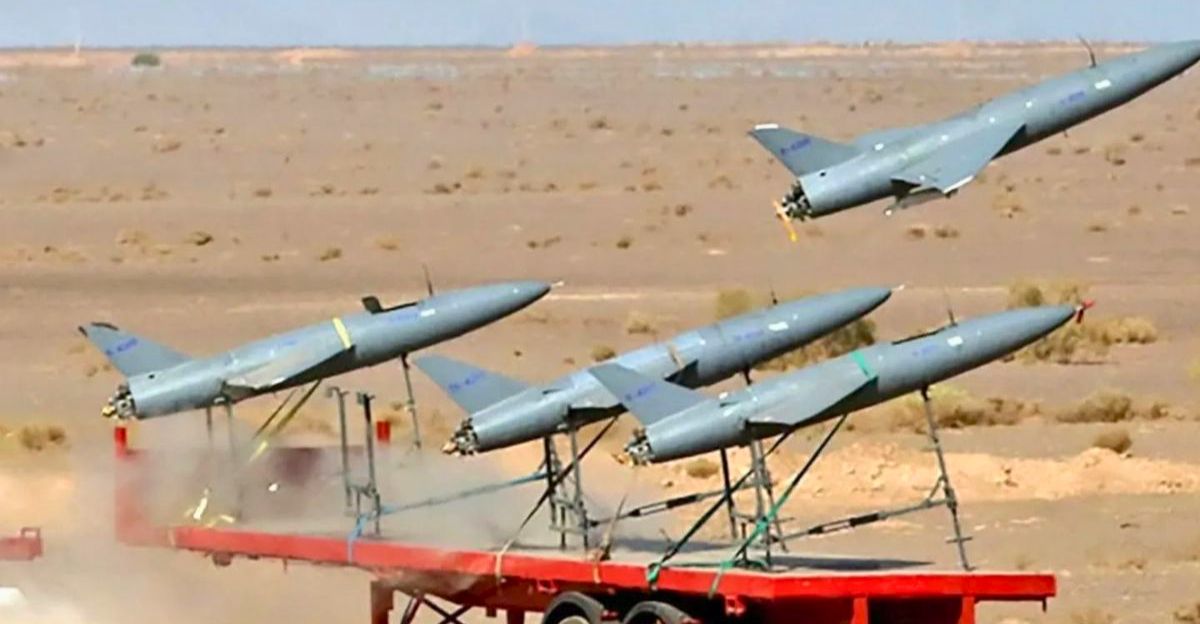
Dealing with hundreds of drones and missiles at once has a significant psychological impact. The constant bombardment challenges morale and resilience in Ukraine’s military and civilian populations by making them feel vulnerable and urgent. By attacking energy infrastructure and air defense nodes, the attack seeks to strategically weaken Ukraine’s operational capabilities by interfering with command and logistics networks.
This aspect of psychological warfare is crucial because persistent attacks on civilian infrastructure can worsen war fatigue and erode public trust in government protection. The attack’s scope compels Ukraine to focus limited resources on air defense and recovery, which may restrict offensive operations. The combined impact of these pressures could affect Ukraine’s strategic planning and negotiations, emphasizing the interaction between military strategy and psychological fortitude in protracted hostilities.
Technological Aspects: Electronic Warfare and Drone Swarms
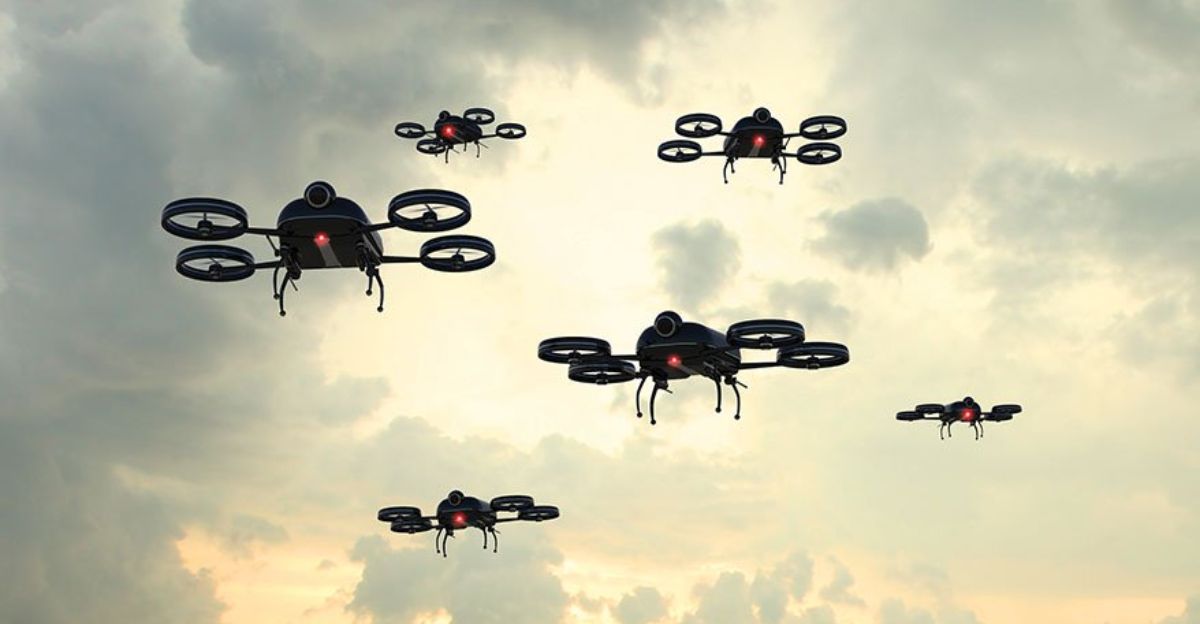
Russia’s investment in electronic warfare and drone swarm technology is demonstrated by the deployment of 60 missiles and 477 drones. In addition to decoys and electronic countermeasures designed to overwhelm and perplex Ukrainian air defenses, a large number of drones were Shahed-type UAVs. The crucial role of electronic warfare in contemporary defense was demonstrated by Ukraine’s air force, which reported that 249 of the 537 munitions were intercepted by firepower and 226 were neutralized by electronic jamming.
Because of its advanced electronic warfare capabilities, Russia can increase the probability of successful strikes by reducing the effectiveness of sensors, interfering with communication, and creating false targets. On the other hand, Ukraine’s quick development and implementation of counter-drone systems emphasize how dynamic this technological competition is.
Geopolitical Implications: Security Issues with NATO and the EU
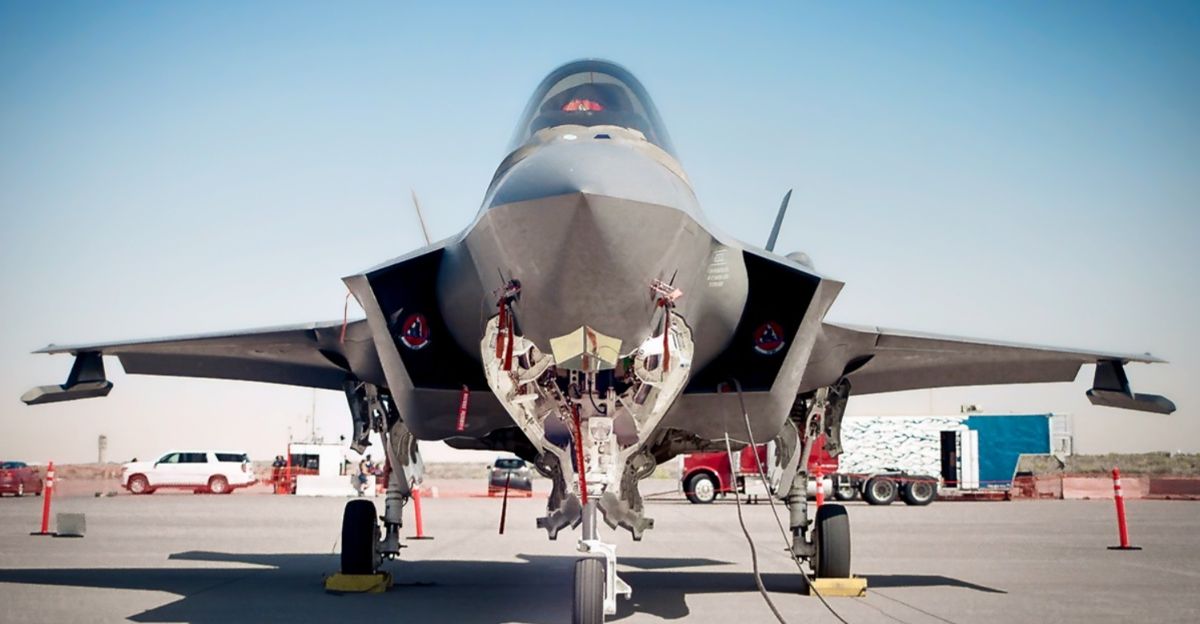
Concern among neighboring states increased when the attack spread into western Ukraine, close to NATO and EU borders, particularly Volyn and Lutsk. Fearing escalation or spillover, Poland and its allies responded by deploying aircraft to secure their airspace. The intentional geopolitical message sent by Russia’s targeting of regions near NATO members challenges the alliance’s resolve and makes diplomatic efforts more difficult.
The attacks’ closeness to NATO territory also feeds discussions among the alliance members regarding the bar for direct participation and the dangers of escalation into a larger conflict. Furthermore, considering how susceptible vital infrastructure is to drone and missile attacks, it puts pressure on EU nations to reevaluate their energy security and defense preparedness.
The Attack by Russia as an Indication of Strategic Desperation
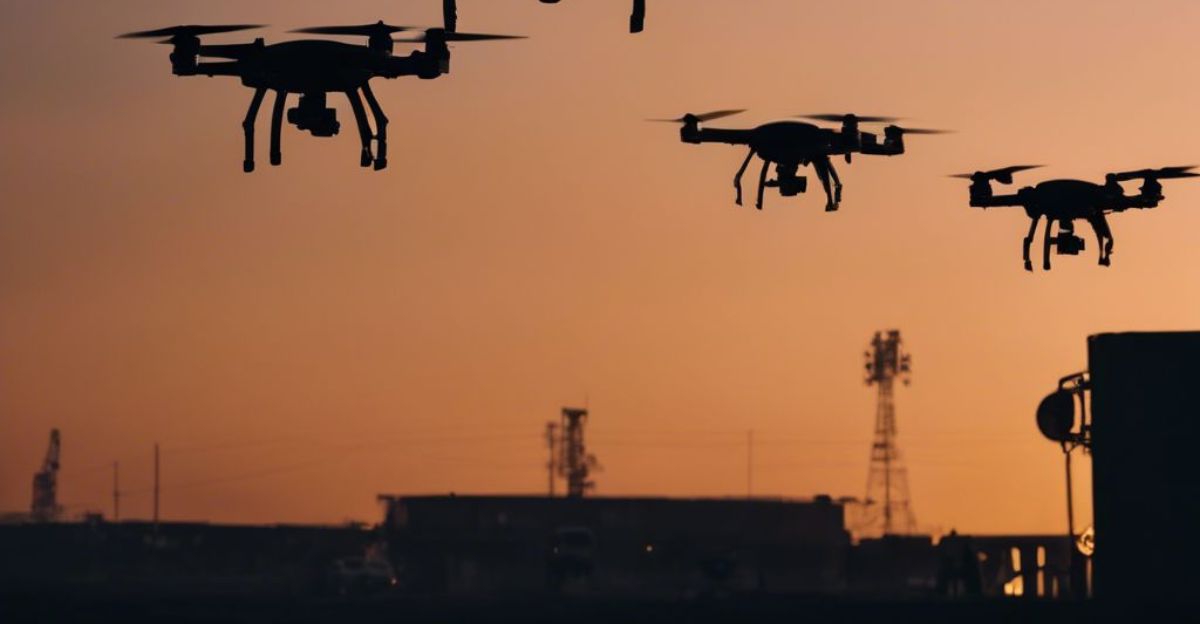
The attack’s impressive scale betrays strategic desperation. The use of massive drone and missile attacks could be a sign of Russia’s inability to maintain ground offensives and its need to use aerial damage to make up for battlefield defeats. The high drone attrition rate and more than 700 losses recorded in later attacks indicate resource strain and declining returns.
The widespread deployment of inexpensive drones, many of which are disposable, may indicate that Russia is depleting its stockpile of more sophisticated weapons. Over time, this attritional strategy might weaken Russian military prowess while strengthening Western and Ukrainian resolve.
The Modern Warfare “Drone Saturation Model”

This attack is a prime example of what is known as the “Drone Saturation Model,” in which a large number of inexpensive UAVs are used in large quantities to overwhelm enemy air defenses, cause confusion, and accomplish strategic goals. In contrast to conventional precision strikes, saturation uses volume to weaken defenses. This model forces quick innovation in counter-drone tactics and challenges established air defense doctrines.
A belligerent can impose disproportionate costs on defenders who must make significant investments in interception technologies by using the model, which takes advantage of the economics of drone production and expendability. Additionally, this method raises fresh moral and legal concerns about the application of fully or partially autonomous systems in combat.
Impact on the Energy and Economic Sectors
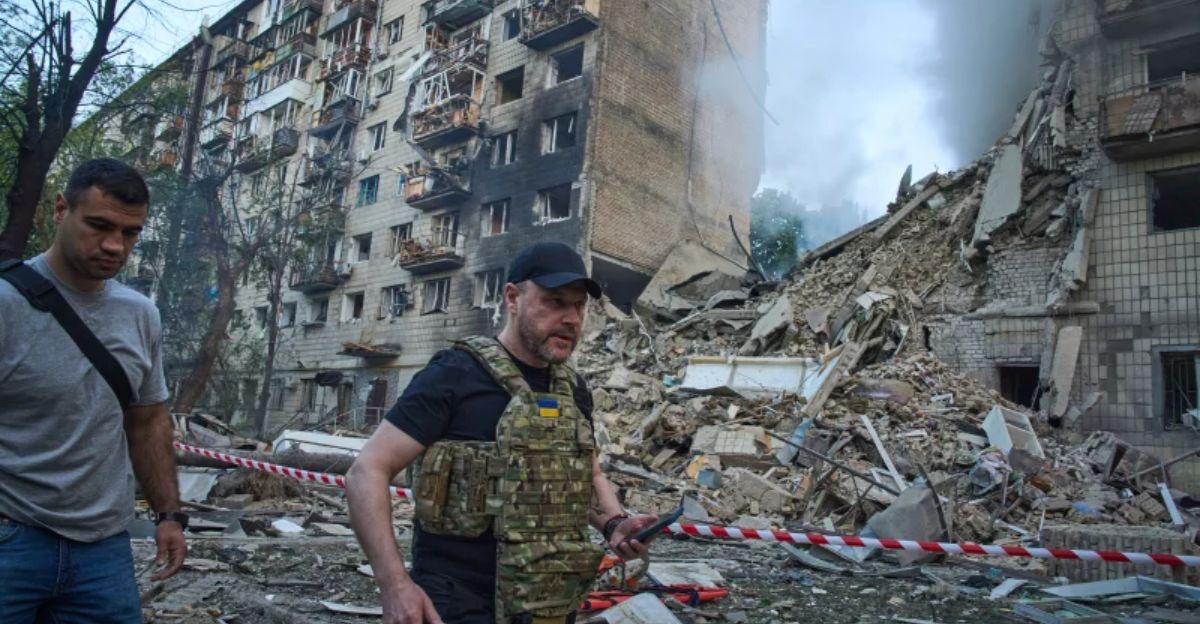
The purpose of this blitz was to destroy industrial capacity and lower civilian morale by focusing on Ukraine’s energy infrastructure. Military logistics are hampered and humanitarian crises are made worse by damage to fuel supplies and power grids. This attack emphasizes the conflict’s economic aspect and comes as Ukrainian leadership has called for harsher sanctions on Russia’s energy sector.
Regional energy security is made more difficult by the disruption of energy supplies, which also affects nearby nations that rely on Ukrainian transit routes. In addition, Ukraine’s reconstruction efforts are hampered by frequent attacks on its infrastructure, which also direct foreign aid toward urgent repairs rather than development. This aspect of economic warfare emphasizes how contemporary conflicts target societal lifelines in order to attain strategic goals, extending beyond the battlefield.
Developing the Dynamics of Future Conflicts
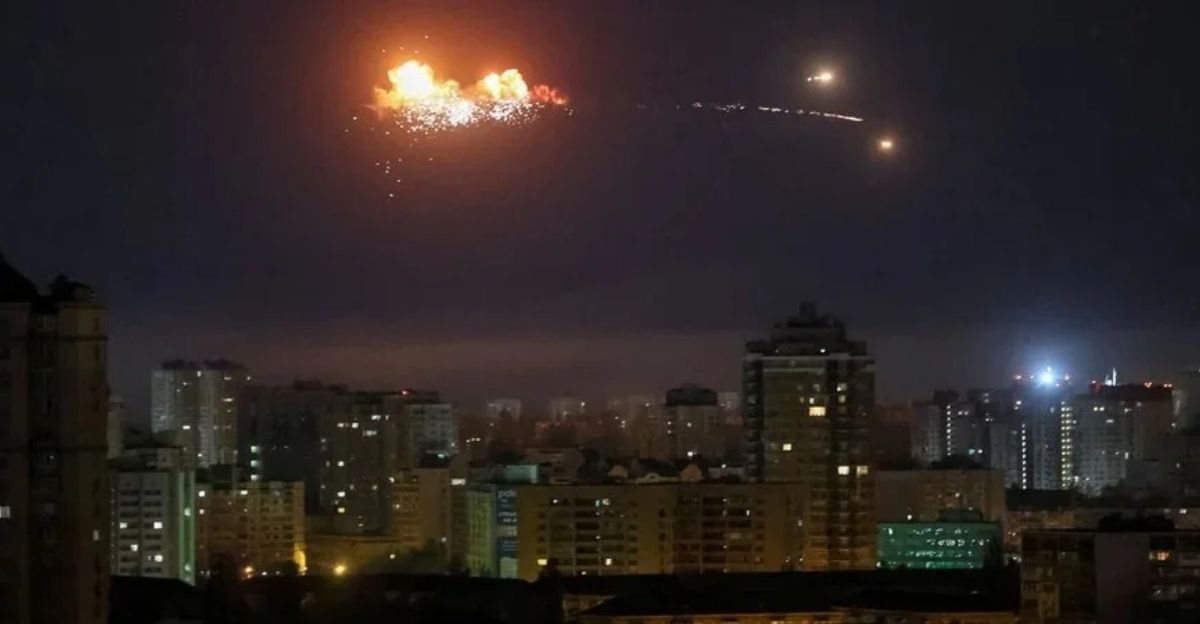
Future conflict dynamics around the world will probably be impacted by the scope and character of this attack. It illustrates how drone swarms can be combined with missile strikes to overwhelm defenses, forcing armies all over the world to reconsider their air defense systems. War-fighting doctrines may also change toward hybrid warfare that focuses on societal resilience as a result of the psychological effects on civilian populations.
Beyond Ukraine, the ramifications could change alliance tactics and paradigms for global security. This incident might also encourage smaller states and non-state actors to use comparable strategies, democratizing access to powerful aerial strike capabilities. Increased militarization of contested airspace and the electromagnetic spectrum are long-term effects that call for new treaties and standards to handle new threats.
Exposing the Strategic Calculus Underpinning Russia’s Most Extensive Air Blitz
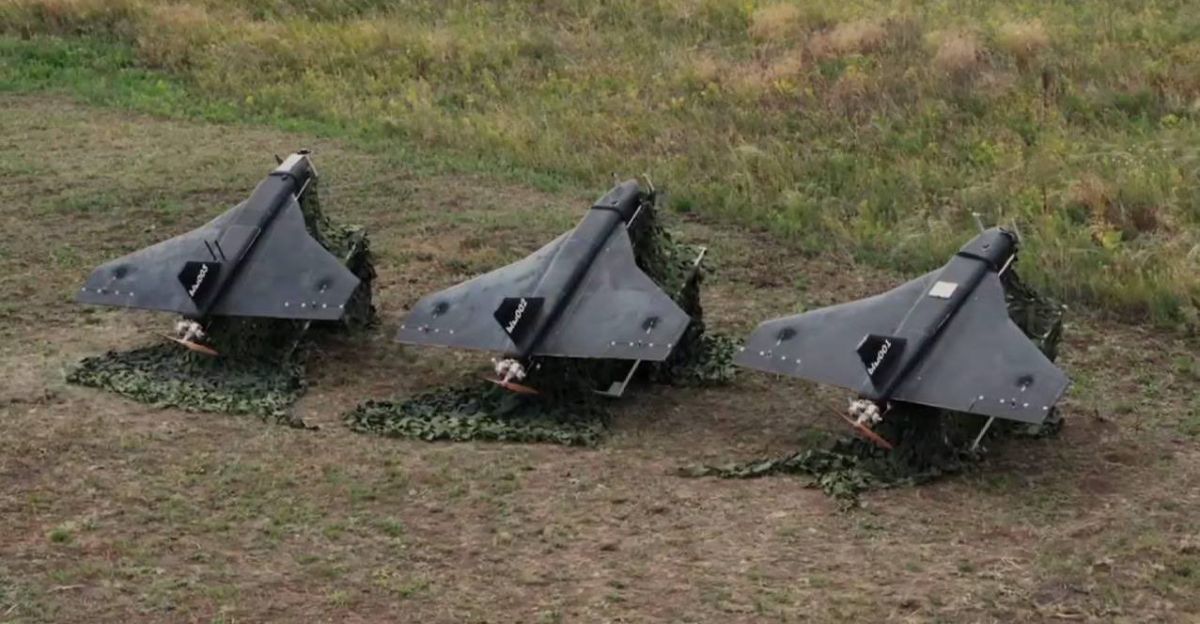
Russia’s 60-missile, 477-drone blitz is a strategic move that reflects changing war paradigms rather than just being an act of brute force. It maximizes pressure on Ukraine and its allies by combining psychological warfare, technological innovation, and geopolitical signaling. It highlights Russia’s resolve to use asymmetric aerial tactics to offset ground challenges, even though it runs the risk of resource depletion and international criticism.
This incident serves as a sobering reminder of how technology, strategy, and psychology are all being combined in unprecedented ways in contemporary warfare. In the end, the attack highlights the necessity of flexible defense tactics and strong international collaboration by exposing the possibilities and constraints of drone-centric warfare.

